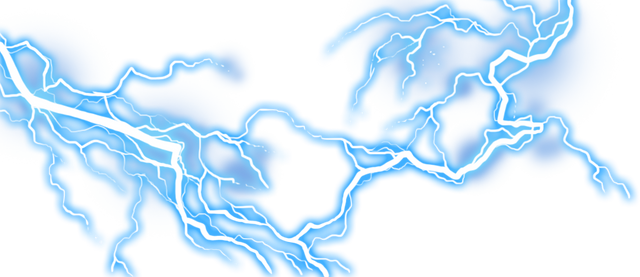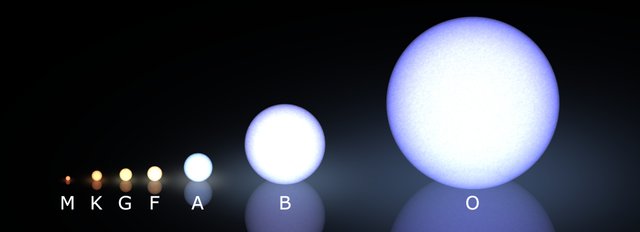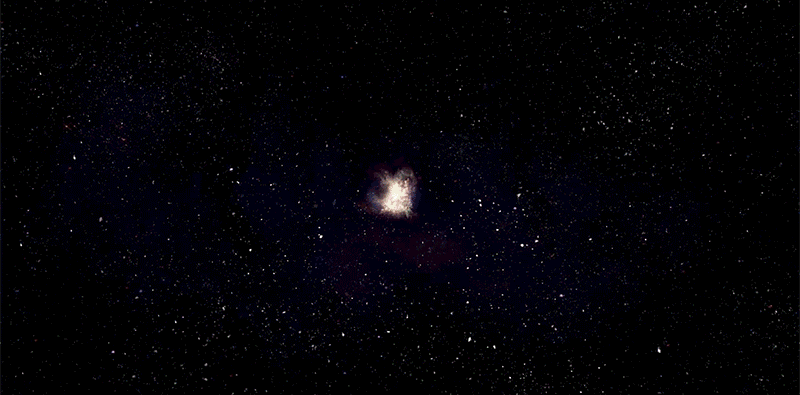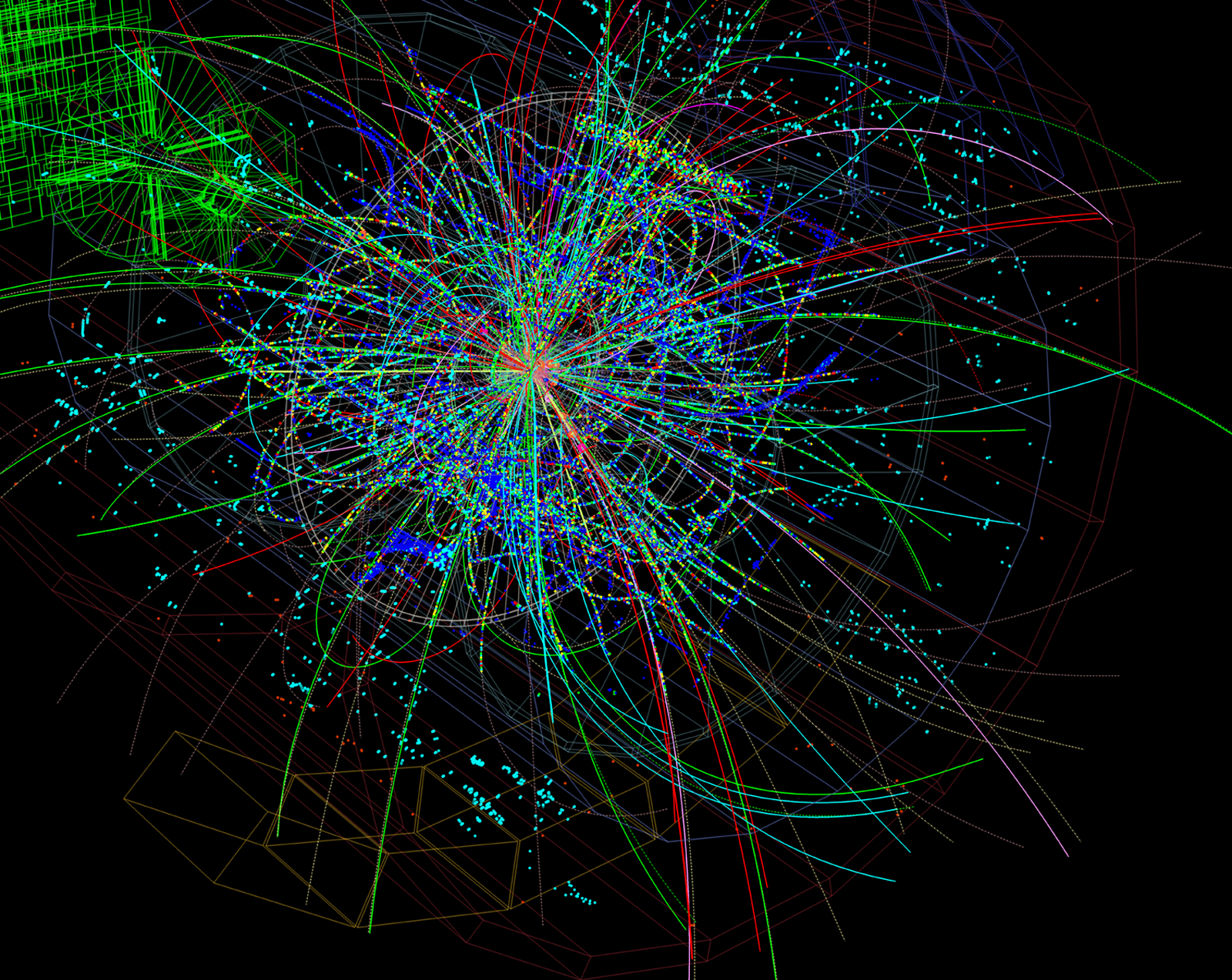In Search of The Highest Temperature in The Universe
First, it is necessary to clarify one important point: According to the Big Bang Theory, the highest temperature in the history of the universe was reached in the first milliseconds after the Big Bang, and it was + 1 *10^33 °C.
Still, it's just a theory. So let's define the actual temperatures that humanity has been able to document and study. And we will start our search on our home planet.

image source
I suppose that many of us immediately think about the earth's core: a huge ball of liquid metal, somewhat similar to small star. The average temperature of the earth's core is just about +5.800±500°C.
Why just? Well, any matter can reach a maximum temperature in the plasma phase, and the earth's core is not plasma. But the atmosphere of our planet generates plasma regularly, in the form of lightning.

image source
Lightning – this is the most hot natural object within the boundaries of the atmosphere of our home planet. Plasma, in its pure form, the temperature of which can reach +20.000-30.000 °C.
But, since we are looking for the highest temperature in the Universe, then it is time to leave Earth and go into space. And of course we will go to the nearest star - the Sun.
Any star is a huge ball of plasma, i.e., we may hope to detect relatively high temperature. However, oddly enough, the surface temperature of the sun is +5.700°C ( losing even to the earth's core).

But if you dig deeper... the heart of our star is very hot +15.000.000°C! This average combustion temperature of hydrogen and helium atoms. At this stage, this is an obvious leader, but only within the boundaries of our solar system...
Scientists have discovered a strange phenomenon: the temperature at a distance from the surface of the Sun (solar corona) can reach a million degrees, i.e. an order of magnitude higher than the surface of the star.
The universe is filled with billions of billions of stars at different stages of evolution. And our sun is just a yellow dwarf, the temperature of which is very limited by its size and substance that it burns (hydrogen).

Our Sun is a star of class G. O and B- are Blue Giants. image source
The biggest stars- Blue Giants are at the same time the hottest "living" stars. The core temperature of such stars can reach +100 million °C.
The human mind has subordinated the thermonuclear reaction and reached the same numbers. The temperature in the epicenter of a nuclear explosion (the bombing of Hiroshima and Nagasaki) reached a value of +50 to +100 million °C.
When the star is crossing the threshold of 100 million degrees the fun begins. Thermonuclear reactions involving helium, which lead to further formation of heavier atoms: carbon, oxygen, silicon, ferum.

The explosion carries all chemicals that were part of the star, on billions of kilometers around source
After the formation of ferum, the star is literally one step away from becoming a supernova. The temperature in the core of the star reached +50 billion °C.
Some supernovas are destined to turn into the neutron stars. The first hundred years, the temperature of such a star will stay on the mark +1*10^11 (100 billion) °C.
But a neutron star is not our champion. To find the final winner, we must return... To the Earth. In 2012, using the Large Hadron Collider scientists have conducted a number of experiments to produce the quark-gluon plasma.
image source
Quarks and gluons are the fundamental particles that make up protons and ions (We never even saw them. But thanks to experiments on LHC, we can calculate their existence). This type of plasma formed after the collision of heavy ions or protons at a speed close to the speed of light.

Simulation of particle collisions. image source
So, in the collision of ions at speeds close to the speed of light, formed a series of explosions, so powerful that the fundamental particles of different elementary particles literally mixed. The amount of released heat of this reaction is just horrible, the temperature reached + 5.5*10^12 (trillion) °C!
***
It is not surprising that we are the dominant species on the planet. Just think about it, we are able to reproduce reaction, similar in essence to the reactions of the origin of the Universe!
sources: Big Bang, Naked science, Earth's core, Plasma, Nuclear fusion, Lightning, Blue giant, Large Hadron Collider, Planck temperature, Supernova, Neutron star, images from Google Search.

Do you believe that there could be temperatures hotter than that of quarks?
It is difficult to answer this question. All depends not on the particles themselves, but on their speed and number at the time of collision. It is possible that with a stronger reaction, we can get the remaining fundamental particles, which will increase the reaction temperature.
Interesting @natord.
Very informative post. Upvoted and followed
Thank you for your support!